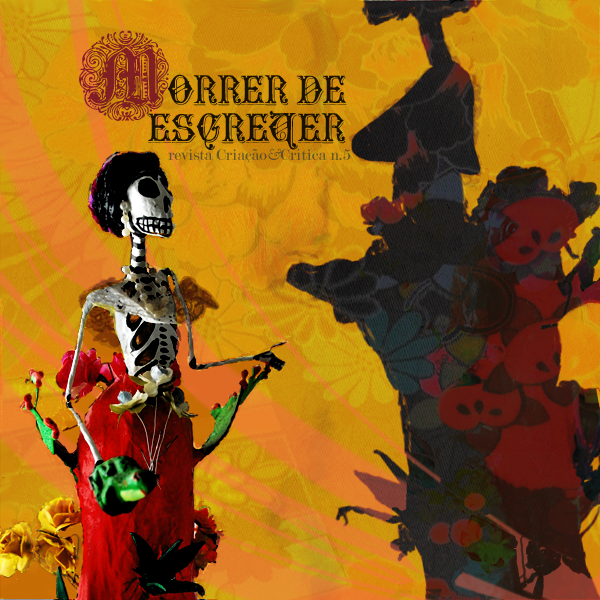O Cadáver, um emblema da morte em “Ápeiron”, de Caio Fernando Abreu
DOI:
https://doi.org/10.11606/issn.1984-1124.v3i5p62-76Keywords:
allegory, corpse, emblem, death, to die, representation.Abstract
The aim of the present article is to investigate the procedures used by Caio Fernando Abreu to construct the representations of death in his work. For this, I take, here, the short-story “Apeiron”, published in the book Inventário do irremediável (1970). In this text, the reflection about death as well as the dissociation process connected to it is triggered by the representation of the mental states of a corpse, a kind of allegorical emblem of the human finitude, since this can be seen as the personification of death. Moreover, the emblematic nature of the dead body also refers to the emptiness of the human life. The short-story establishes an ambiguity, especially because the discursive choice (indirect and free indirect discourse) does not allow the reader to relate the ideas presented in the text directly s to the corpse-protagonist or to the narrator, leading him to question if the text is the product of the narrator’s imagination or the unusual maintenance of the dead man’s mental life. Whether the text can be seen as the imagination about death or experience of death, “Apeiron” shows, through the death process, that Abreu reflects on the sense of the existence.
Downloads
Downloads
Published
Issue
Section
License
Authors who publish with this journal agree to the following terms:
- Authors retain copyright and grant the journal right of first publication with the work simultaneously licensed under a Creative Commons Attribution License that allows others to share the work with an acknowledgment of the work's authorship and initial publication in this journal.
- Authors can enter into separate, additional contractual arrangements for the non-exclusive distribution of the journal's published version of the work (e.g., post it to an institutional repository or publish it in a book), with an acknowledgment of its initial publication in this journal.
- Authors are permitted and encouraged to post their work online (e.g., in institutional repositories or on their website) before and during the submission process, as it can lead to productive exchanges, as well as earlier and greater citation of published work (See The Effect of Open Access).



